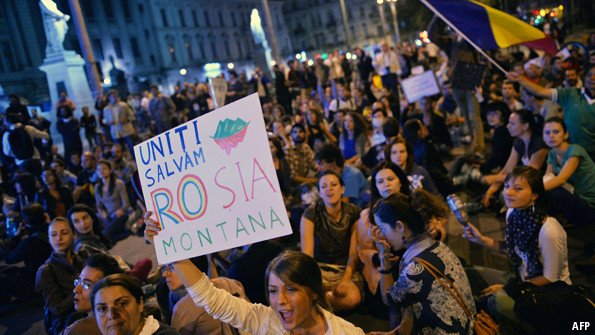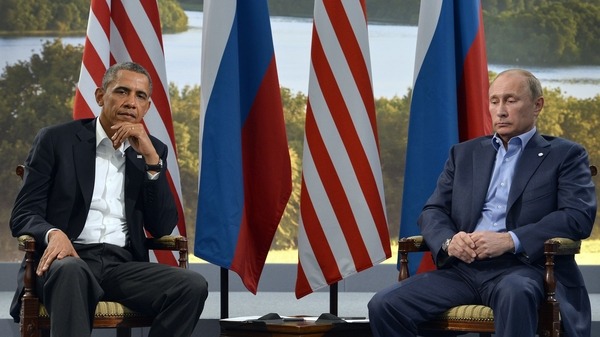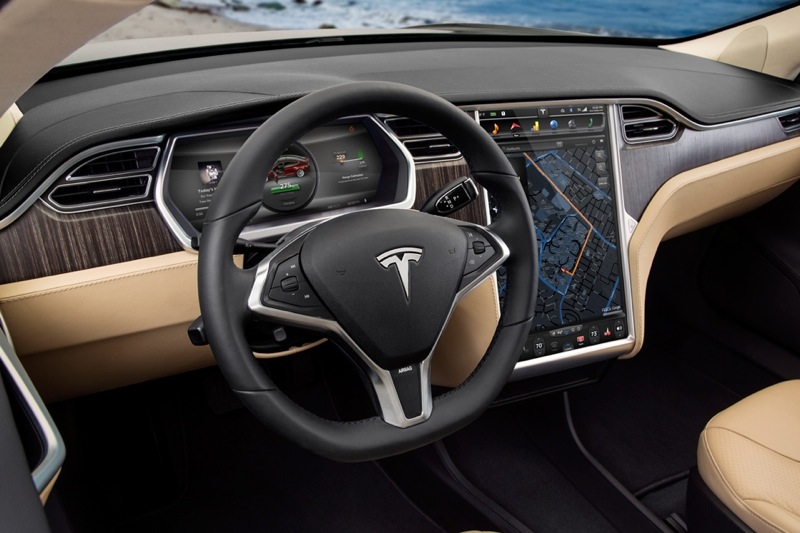What we do and don’t know about the VAT reverse charge on supplies of electricity
by Theodor Artenie, Managing Director Schoenherr Tax Bucharest
The reverse charge mechanism is a means by which, in certain circumstances, the liability to charge VAT on a particular transaction shifts from the supplier to the beneficiary. In most of the cases, this liability arises at the same time as the beneficiary’s right to claim input VAT credit for the same amount of VAT.
In practical terms, if a particular transaction is subject to the VAT reverse charge rules, the supplier issues an invoice without VAT to the buyer, while the latter will include that transaction in his VAT return and account for both the output and input VAT related thereto. This way, VAT cash settlements with business partners and the state budget are no longer an issue.
It goes without saying that the application of the VAT reverse charge depends on the type of the underlying transactions and is subject to various conditions which vary based on the nature of these transactions. Where supplies of electricity are concerned, the first condition and the easiest to fulfill is that both the supplier and the buyer must be taxable persons registered for VAT in Romania. Things become complicated though when one needs to deal with the second set of conditions which are specifically designed for supplies of electricity.
In
early August, when Government Ordinance 16/2013 amending the Fiscal
code was published, the VAT reverse charge for supplies of
electricity, in force starting with 1 September 2013, should have
been conditioned by several additional requirements, relatively easy
to meet. To be more exact, the buyer of electricity would have had to
provide the supplier with: a copy of his license to supply
electricity, issued by ANRE and attesting to the fact that the buyer
is a trader of electricity and an affidavit that the buyer’s main
business consists in the re-sale of the electricity he acquires while
his own consumption is marginal. A point to note is that GO 16/2013
did not define the term “marginal”.
The market seemed quite open to this relief,
especially since the requirements related thereto did not seem
cumbersome and the newly introduced VAT reverse charge was likely to
generate important cash flow advantages for certain players. We even
witnessed affidavits flying left and right so that when 1 September
came no trader would be taken by surprise.
Totally unexpected, yet not surprising, on the last Friday of August (considering that the new relief entered into force that very Sunday), GO 28/2013 regarding certain fiscal and budgetary measures was published in the Official Gazette. One of these “fiscal and budgetary” measures referred to the application of the VAT reverse charge for supplies of electricity in that it brought additional clarification and introduced additional requirements, as follows:
-
Marginal consumption was defined as a maximum of 1% of the total volume of electricity acquired during January – November of each calendar year;
-
A new category of buyers of electricity who are eligible for the application of the VAT reverse charge rules was defined i.e. those who have a valid power market operator license issued by ANRE for trading on the day-ahead and intra-day markets (their list can be found on OPCOM’s website).
-
GO 28/2013 clarifies that buyers, other than those mentioned at point 2 above, can benefit from the new relief if: they provide their suppliers with a copy of their license to supply electricity, issued by ANRE and if they are listed on ANAF’s website, in the list of taxable persons who have issued an affidavit that their main business consists in the re-sale of the electricity they acquire while their own consumption is marginal. In theory, this list should be made available in December of the current year for the following year.
-
The traders mentioned at point 3 above who obtain their license during the year, will not be required to submit their affidavit to the tax authorities. Instead they will have to send it directly to their suppliers. The affidavit will be issued taking into account their estimated consumption until the end of the calendar year (which of course should be marginal).
Experience has taught us that for every clarification brought to the tax legislation, at least two new questions arise. This situation makes no exception. Reading these new provisions we cannot help but ask ourselves the following questions: Will traders mentioned at point 2 above need to submit affidavits regarding the nature of their business and their consumption? What happens if ANAF’s website is not updated in a timely manner and traders mentioned at point 3 above are not properly listed? What happens if the buyers' licenses are revoked? Is it the suppliers' responsibility to verify the validity of the buyers trading licenses and of the information published on ANAF’s website? What if a trader who obtains his license during the year exceeds the estimated consumption? In this case, will the VAT revere charge continue to apply? Is there a risk that the tax authorities reconsider the VAT treatment of the transactions? If so, who will bear the associated tax liability?
These are only the issues that are triggered by the wording of the new provisions themselves. We are sure though that more questions will arise once players in this market will begin to face all sorts of practical problems. We only hope that these problems will not create too much pressure on trading relationships so as to make the application of the reverse charge mechanism extremely difficult.






